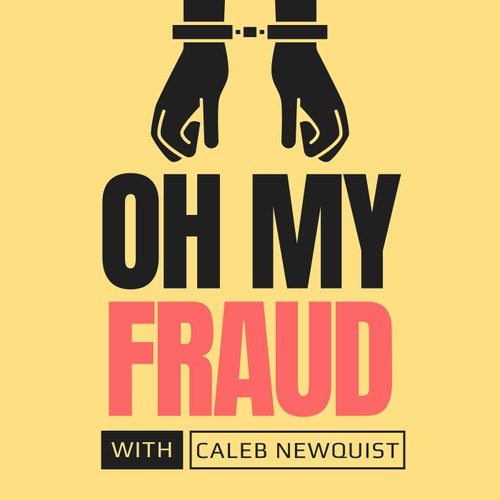
 Oh My Fraud
Oh My Fraud Steal. Wash. Repeat. | A History of Money Laundering
Jan 17, 2024
Explore the history of money laundering from ancient China to Prohibition to the Watergate scandal. Learn about Al Capone's role, long-standing businesses defying logic, the possibility of A1 Vacuum and Sewing being a front for the Mormon mafia. Discover the connection between money laundering and Watergate, as well as steps and tips for prevention.
Chapters
Transcript
Episode notes
1 2 3 4 5 6
Introduction
00:00 • 3min
Long-lasting businesses that defy logic
02:39 • 3min
A1 Vacuum and Sewing: A Front for the Mormon Mafia?
05:28 • 14min
Money Laundering During Prohibition and the Watergate Scandal
19:23 • 5min
Money Laundering and Watergate
24:46 • 16min
Steps and Tips for Money Laundering
40:40 • 3min
